Choose the Right Material for Your Home Furniture
When it comes to designing your home, choosing the right furniture is one of the most important decisions. Furniture is not just about style and looks; it’s also about comfort, functionality, and durability. One major factor that affects all these aspects is the material used to make the furniture. Picking the right material can save you money and ensure that your furniture lasts for years. In this blog, we will guide you through the different types of materials used for home furniture and how to choose the best one for your needs.
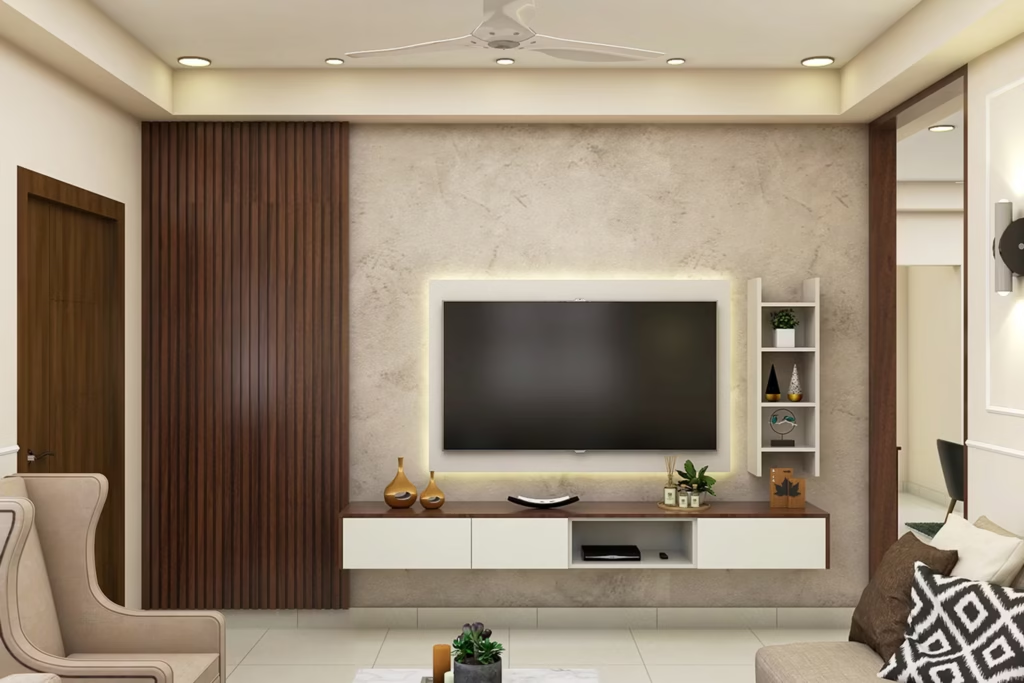
1. Why Does Material Matter?
The material of your furniture influences:
- Durability: Some materials are more durable and can withstand wear and tear better than others.
- Maintenance: Some materials are easier to clean and maintain.
- Cost: Different materials come with different price tags.
- Style: The material also contributes to the overall look and feel of your home.
By understanding these factors, you can make a better decision when buying furniture.
2. Types of Furniture Materials
Let’s look at the most common materials used in furniture and their pros and cons.
a. Wood
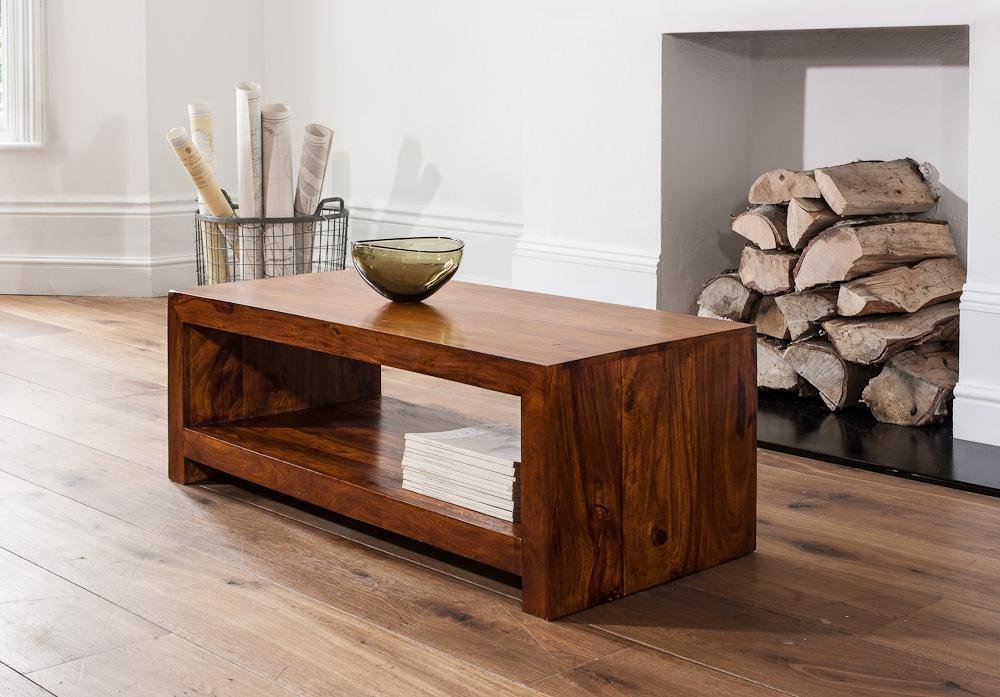
Wood is one of the oldest and most popular materials for furniture. It gives a classic and timeless look to any space.
- Types of Wood:
- Hardwood: Includes oak, teak, and maple. It is strong, durable, and resistant to scratches.
- Softwood: Includes pine and cedar. It is lightweight and less expensive but may dent more easily.
- Pros:
- Long-lasting.
- Can be polished or painted.
- Adds warmth and elegance.
- Cons:
- Can be expensive.
- May need regular maintenance to avoid termites.
b. Engineered Wood
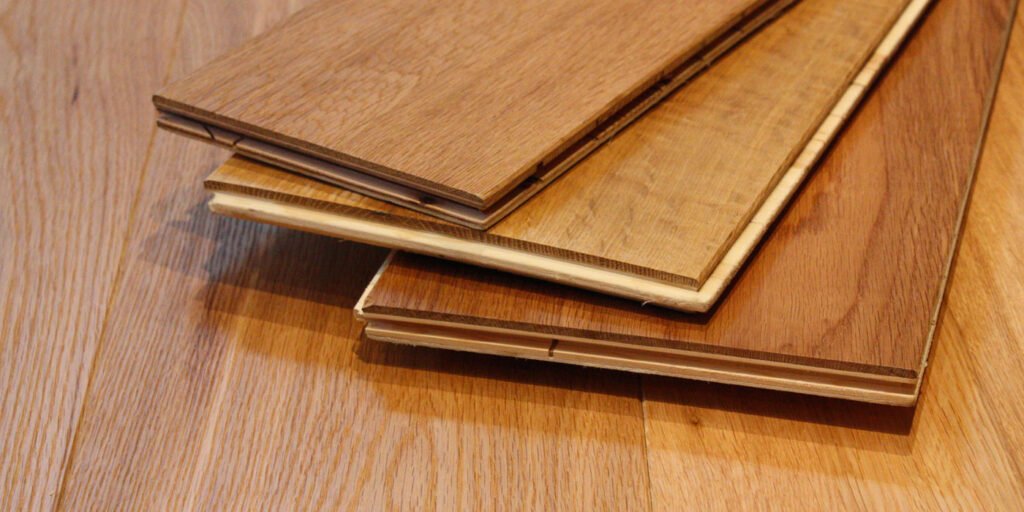
This includes materials like plywood, MDF (Medium-Density Fiberboard), and particle board.
- Pros:
- Cheaper than solid wood.
- Lightweight.
- Available in various finishes.
- Cons:
- Not as durable as solid wood.
- Can swell if exposed to moisture.
c. Metal
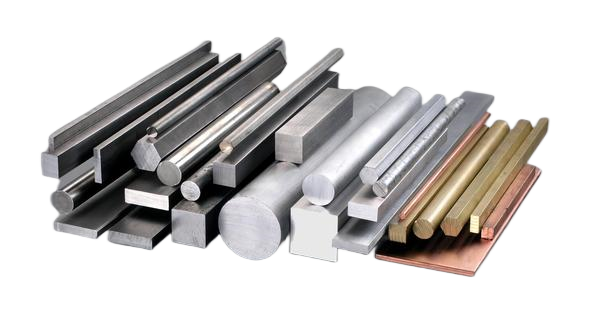
Metal furniture is modern and sleek. It is commonly used for beds, chairs, and tables.
- Pros:
- Very strong and durable.
- Resistant to pests.
- Easy to clean.
- Cons:
- Can rust if not coated properly.
- May feel cold and less cozy.
d. Plastic
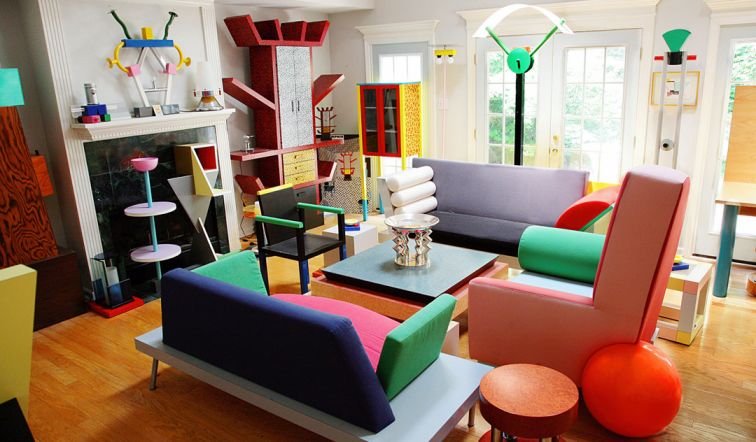
Plastic furniture is lightweight and affordable. It is suitable for both indoor and outdoor use.
- Pros:
- Affordable.
- Available in many colors and designs.
- Easy to move around.
- Cons:
- Not very durable.
- May not look as elegant as wood or metal.
e. Glass
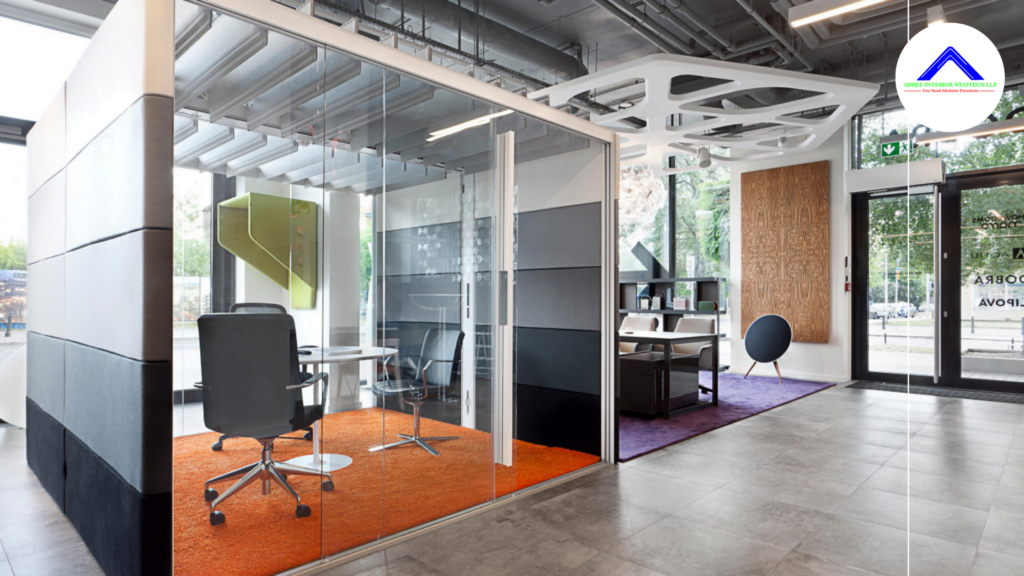
Glass is often used for table tops or shelves to add a touch of sophistication.
- Pros:
- Looks stylish and modern.
- Easy to clean.
- Reflects light, making spaces look bigger.
- Cons:
- Fragile and can break easily.
- Requires frequent cleaning to remove smudges.
f. Upholstery

This includes furniture covered with fabric, leather, or synthetic materials.
- Fabric Upholstery:
- Comfortable and available in many patterns.
- May require regular cleaning.
- Leather Upholstery:
- Durable and luxurious.
- Can be expensive and requires special care.
- Synthetic Upholstery:
- Affordable and easy to clean.
- May not be as durable as leather.
3. Factors to Consider When Choosing Furniture Material
a. Purpose of the Furniture
Think about how you will use the furniture. For example:
- For a coffee table or dining table, solid wood or glass might be a good choice.
- For outdoor furniture, plastic or metal is better as it can handle weather changes.
b. Your Budget
Materials like hardwood and leather are expensive, while engineered wood and synthetic fabrics are more budget-friendly. Decide how much you are willing to spend and choose accordingly.
c. Maintenance
If you want low-maintenance furniture, go for materials like metal, plastic, or synthetic upholstery. Wood and leather may require regular care to keep them in good condition.
d. Aesthetics
Consider the overall style of your home. Wooden furniture is great for a classic look, while metal or glass fits well in modern interiors. Pick a material that complements your decor.
e. Durability
For heavy use, choose durable materials like hardwood or metal. For furniture that will be used less often, engineered wood or plastic can work.
f. Environmental Impact
If you care about sustainability, go for eco-friendly materials like reclaimed wood or furniture made from recycled plastic.
4. Tips for Choosing the Right Material
- Do Your Research: Before buying, learn about the pros and cons of each material.
- Test It: If possible, visit a store to touch and feel the furniture. This will help you judge its quality.
- Ask Questions: Don’t hesitate to ask the seller about the material, maintenance, and warranty.
- Compare Options: Look at different materials and finishes before making a decision.
5. Conclusion
Choosing the right material for your home furniture is a big decision. It affects how your home looks, feels, and functions. By understanding the different materials and considering factors like budget, maintenance, and style, you can make the best choice. Whether you prefer the timeless elegance of wood, the sleekness of metal, or the affordability of plastic, there is a perfect material for every need. Take your time, do your research, and invest in furniture that will make your home comfortable and beautiful for years to come.



2 Responses